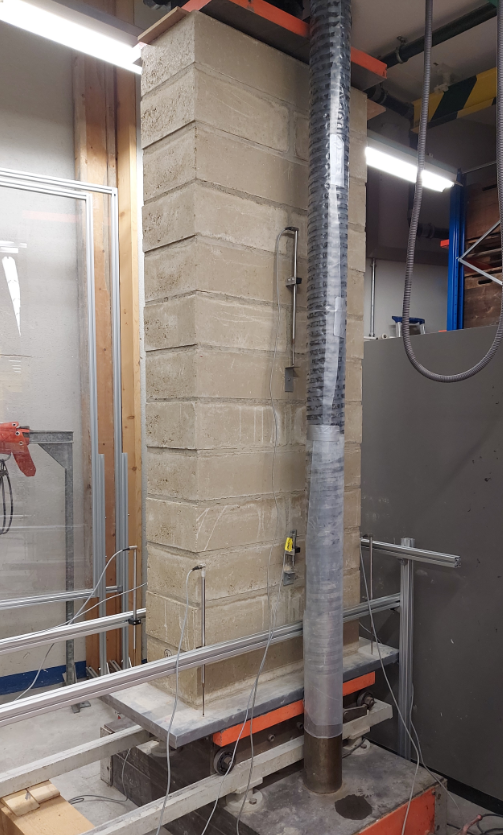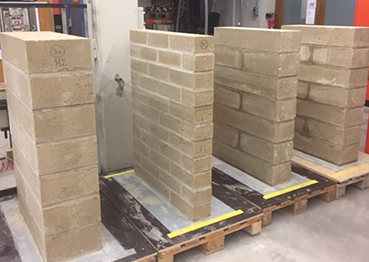

The construction sector, and in particular the Geneva construction sector, has to face two major challenges that are closely linked: on the one hand, the supply of raw materials (in particular with Geneva's exploitable reserves of gravel, which are dwindling) and on the other hand, the elimination of excavation materials (congestion of storage sites).
For example, in Geneva, more than 3.7 million tonnes of unpolluted excavated material are produced each year on building sites, which represents more than two thirds of the canton's total waste (5 million tonnes). In order to better understand the issues related to these volumes of excavated soil, legally considered as waste, it is necessary to specify that this corresponds to the monthly volume of 3 RTS towers, 2 Notre-Dame de Paris, 80 Olympic swimming pools and 13'500 trucks.
However, at a time when the dynamics around the circular economy are strong, when the problem of managing excavated soil is well known to all the players in the sector, we can only note that the conditions for a wide recovery of these materials are not met: only 15% of this soil is recycled, essentially for backfilling on site, filling sites and also for making compressed raw earth blocks for the manufacture of non-load-bearing walls.
Factors explaining this low recycling rate (especially as raw material for building materials) include:
The objective of this project is to develop alternative and ecological construction practices through the development and full characterisation of large-format stabilised compressed earth blocks for interior and exterior load-bearing wall applications, in order to:
More specifically, the project aims to:

Project partner(s)
Project leader - team
Abdelkrim Bennani
(HEPIA),
Florian Fazio
(HEPIA)
